Consider integrating an amplifier into your music system for a more immersive audio experience with greater sound quality.
An amplifier is a device that boosts low-voltage signals. It is electromagnetic and is used to power speakers or subwoofers. This increases the overall audio output of the system.
Whether you enjoy subtle melodies or pounding beats, an amplifier brings out the complexities and dynamics of each music. It breathes new life into your music, providing a much-needed lift to the listening experience.
To optimize an amplifier's performance, however, it's critical to choose the right one for your aftermarket speakers and subs.
Choosing between a 2-channel and a 4-channel amplifier for your stereo is important. Understand the differences and know how to make the right choice.
What You Need to Consider When Selecting an Amp
Amplifiers differ in terms of the number of channels and the amount of power they consume.
Each channel of an amplifier functions as a power source for a single subwoofer or speaker. The number of channels you need is primarily determined by the number of speakers in your arrangement.
Type Of Amplifiers
Mono amplifiers, two-channel amplifiers, and multi-channel amplifiers are examples of amplifiers that cater to various audio needs.
The amplifier you choose depends on how many subwoofers you have and where you want to put them in your system.
Mono amplifiers are designed to reproduce low frequencies and include features such as low-pass filters and a bass boost.
Notably, Class D mono amps are preferred over traditional designs due to their higher efficiency, lower current demand, and decreased heat production.
Two-channel amps are great for powering speakers that need a high-pass filter, like component or full-range systems.
Meanwhile, five and six-channel amps work best with speakers in either the front or rear areas. Finally, multi-channel amps are adaptable, as they can accommodate both subwoofers and full-range speakers in your home audio system.
Power Ratings Of Amplifier
When choosing an amplifier, you must consider the power unit at your disposal. Peak power and Root Mean Square Power (RMS) stand out as the prevalent power ratings in amplifiers.
RMS quantifies the continuous power that an amplifier dedicates to driving your speakers. Check that the total power of your subwoofer and speakers matches the amplifier's rating when using RMS.
Excessive RMS power from the amplifier may cause damage to your speakers.
For example, if the amplifier has 60 watts of power per channel, each channel may power a conventional subwoofer.
However, if the subwoofer is incapable of handling 60 watts, you may still hear music, but it may get distorted and harm the subwoofer.
The greatest RMS output rating of your speakers determines your amplifier's RMS capacity. A channel with a 50-watt RMS output capacity is required for a 50-watt speaker.
However, if you have a larger house and want additional volume, you can consider the 75-watt RMS per speaker.
Peak power exceeds RMS power, showing the number of watts the amplifier can output for brief and abrupt volume spikes.
Whether you choose a 2-channel or 4-channel amp, make certain it can provide power equivalent to twice your speaker's continuous power rating.
It is also advisable to test the amplifier to confirm that it functions at the correct voltage.
2 Channel VS. 4 Channel Amp: Which One is Better
Choosing between a 2-channel and a 4-channel amplifier for a home audio system requires examining your setup's individual needs.
A 2-channel amplifier is ideal for a simpler setup, such as powering a pair of speakers or a stereo system.
This is great for those who prefer a simple audio setup, such as in smaller living rooms or dedicated listening rooms.
A 4-channel amplifier is more versatile and suitable for bigger rooms or setups with speakers spread out in different areas.
If you want to create an immersive home audio experience with speakers strategically positioned in different zones, the versatility of a 4-channel amp can help.
2 Channel Amplifiers For Your Home Audio System
2 channel amplifiers are dedicated to two different channels and are designed to power a total of two speakers, one channel per speaker.
You can combine 2 channels to increase the power of one channel, often done when using one or two subwoofers. An active crossover system is recommended for optimal sound quality.
In this configuration, each speaker is provided its channel, eliminating the need for a passive crossover. The speaker channels go to a DSP/EQ device, which helps set the power and crossover frequency correctly.
When using a 2-channel amp with coaxial speakers, the tweeter and mid-bass can be combined into one speaker. The tweeter is placed in the center above the woofer cone.
Separating the tweeter and woofer, together with an additional passive crossover network, can produce better results with component speakers.
A crossover allows one channel to power both parts even with separation. This means that a two-channel amp can work with up to four speakers in component speaker systems.
4 Channel Amplifiers For Your Home Audio System
The use of a 4-channel amp allows the functioning of four subwoofers and speakers at the same time. The amp can be set to bridge mode for the rear channels in this setup.
As a result, the two front channels drive the speaker's front components, while the back channels bridge into a single strong channel dedicated to driving the subwoofers.
This amplifier is ideal for individuals who have various subwoofers and speakers. It simplifies installations by eliminating the requirement for separate amplifiers.
It should be noted, however, that larger subwoofers may not receive adequate power from this amp.
When properly configured, a 4-channel amp can power up to eight speakers, offering twice the power.
This configuration is especially appealing to individuals who want front-to-rear fading control and enjoy rear-fill sound in their automotive audio experience.
Final Thought
The number and wattage of your subwoofers and speakers will determine whether you need a 2-channel or 4-channel amp for your automobile audio system.
In this comparison, each amplifier channel serves as a separate power supply for each aftermarket item.
Each amp channel can connect to one subwoofer and one speaker. This allows for a personalized power supply for every part of your audio system.




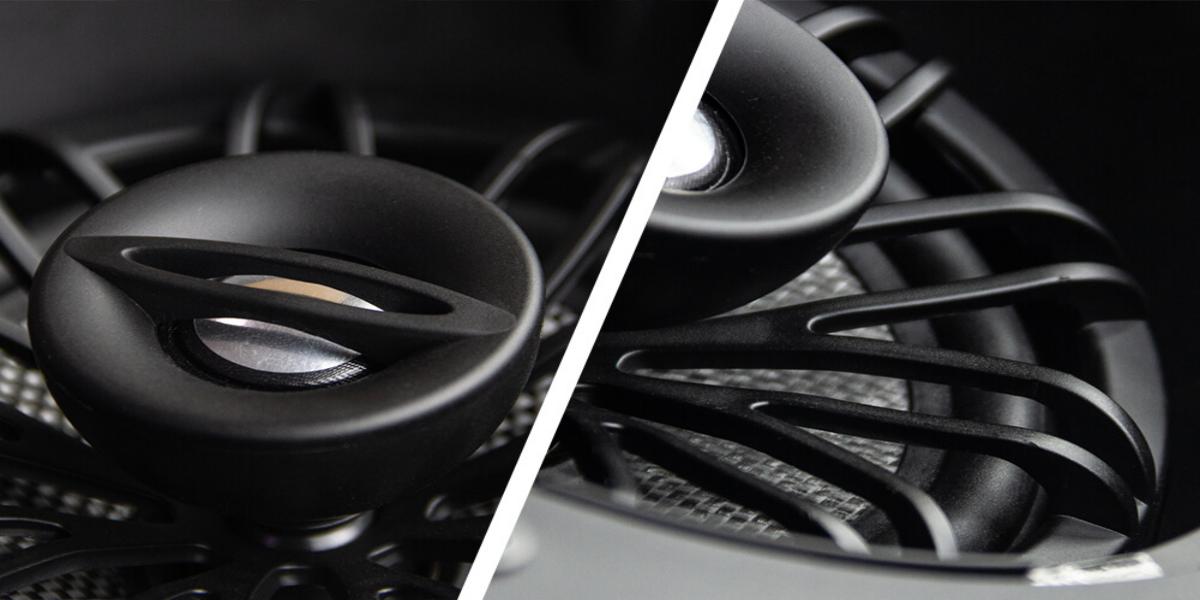
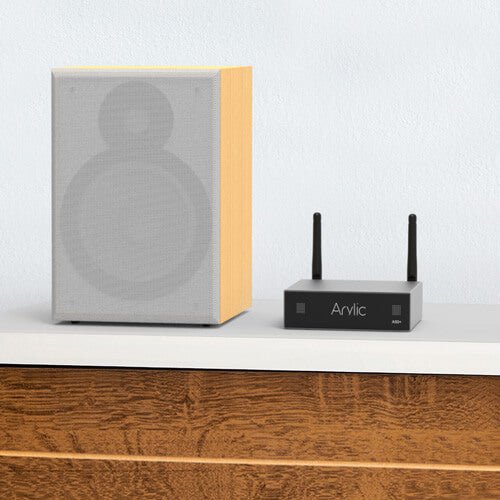

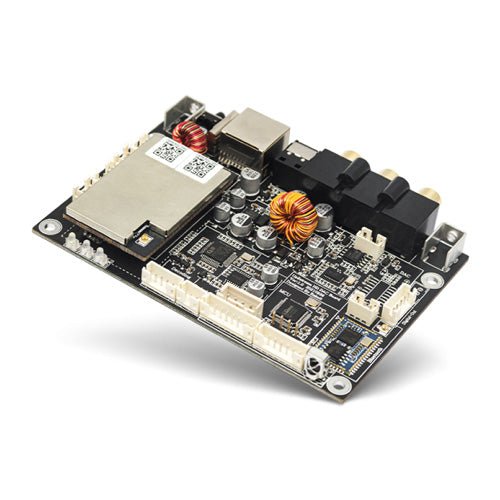
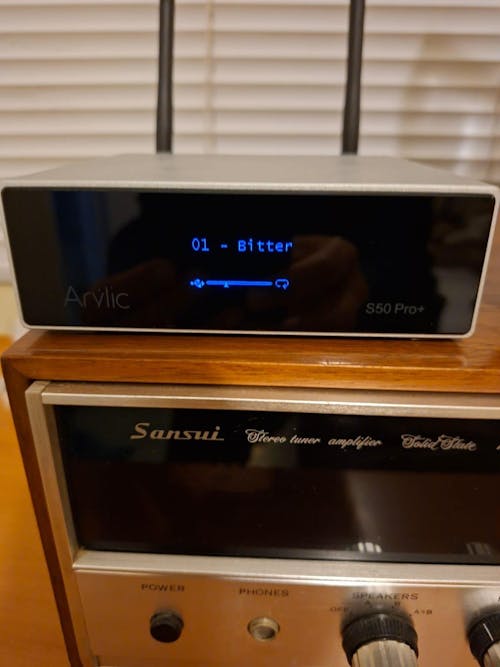

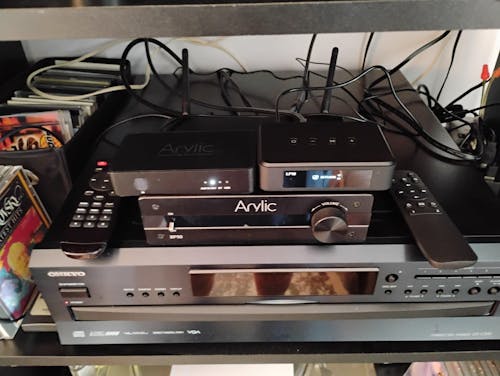
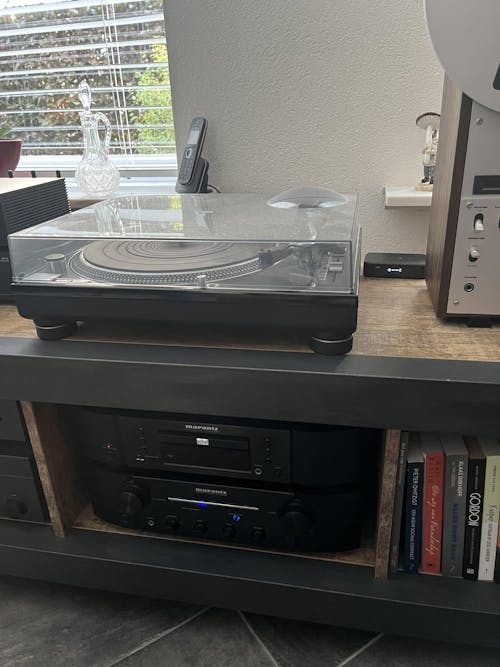


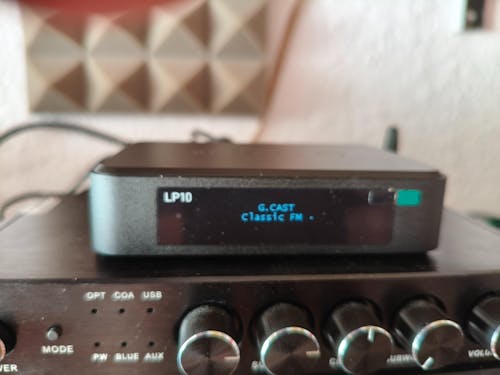


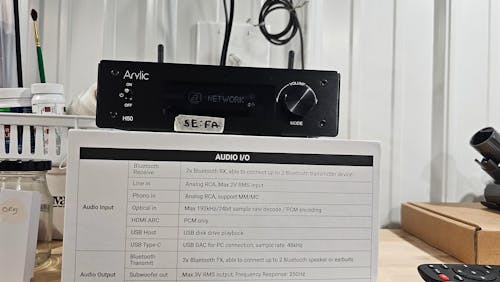
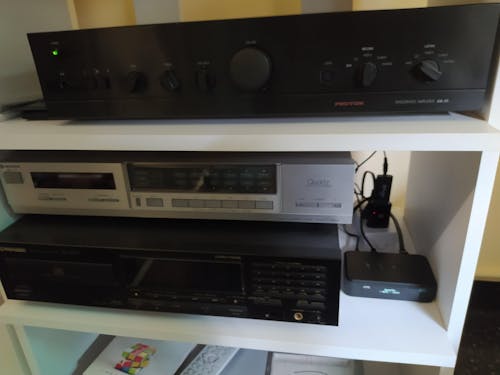
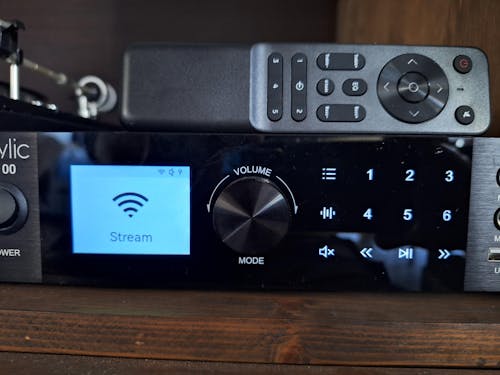


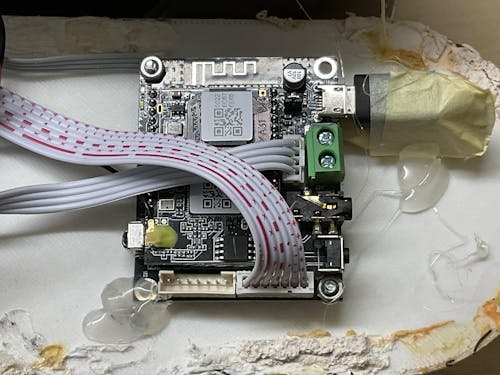
Leave a comment
All comments are moderated before being published.
This site is protected by hCaptcha and the hCaptcha Privacy Policy and Terms of Service apply.